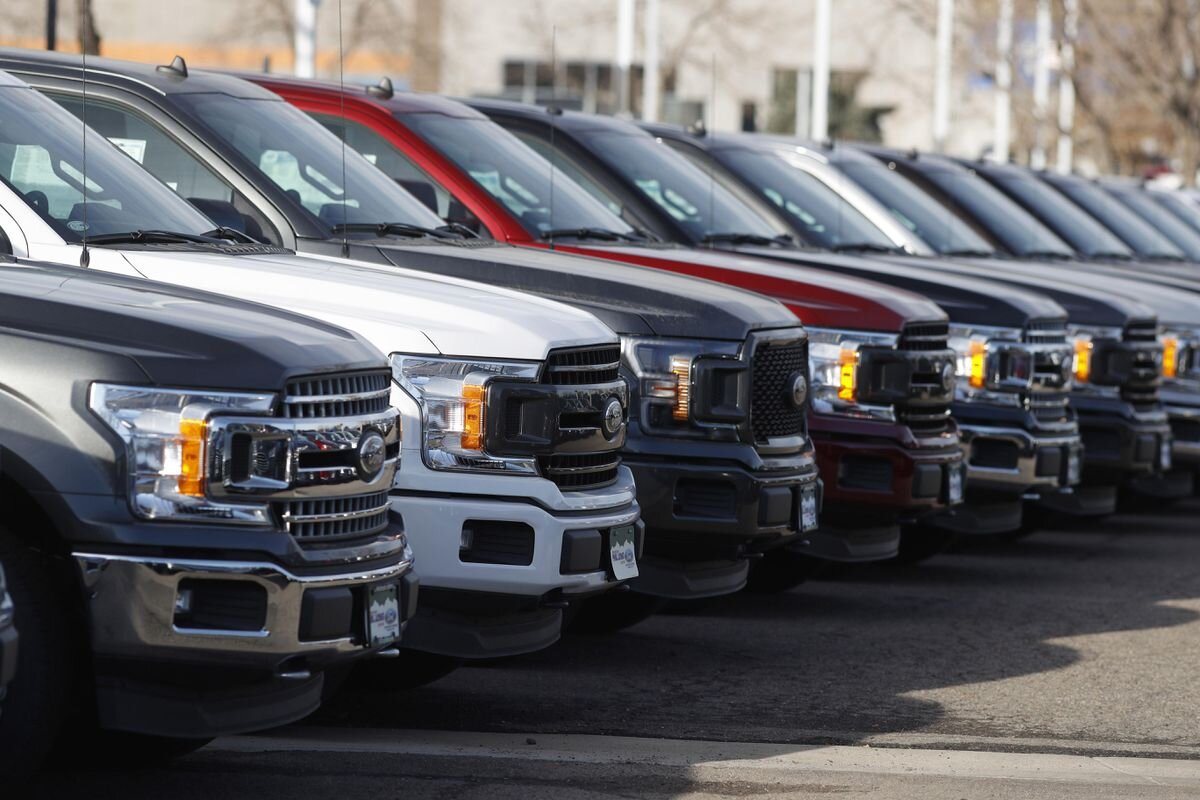Mitigating COVID-19’s Impact on the Automotive Sector
It cannot be denied that the COVID-19 pandemic has had a swift and severe impact on the globally integrated automotive industry. Back in the early of last year, when COVID-19 was just starting to take hold, we explored the impact of a global pandemic on the automotive industry.
However, one year down the road, the symptoms seem to be even more severe. With a disruption in Chinese parts exports, large scale manufacturing interruptions across Europe, and the closure of assembly plants in the United States, it seems as though COVID-19 has placed an intense pressure on an industry already coping with a downshift in global demand.
Image from: QAD.com
The pandemic has caused a lot of concerning issues in the automotive industry. In an unprecedented move, 95% if German automotive-related companies have gone on a short hiatus during the shutdown, where employees are given a choice of being temporarily laid off or take a substantial pay cut. Globally, automotive sectors have seen profits plunge around 6% from 2019; an immense decline that may take years to recover from.
Disruptions in the automotive industry have resulted in billions of dollars lost, and a slow uptake causing recovery to slow. Still, now is the time for the automotive companies to reimagine their business operations so that they will be able to bounce back from this slump and thrive in the new normal.
Whether it is in the form of Electric Vehicles (EVs), driverless cars, automated factories and ridesharing options, the automotive industry has faced plenty of disruptions even before COVID-19. Still, analysts are still bullish about how the automotive sector will react and bounce back with the next big thing. Over the past few months, we’ve seen the first indicators of this automotive future becoming visible, which is an encouraging sign.
Image from: Forbes
For one, several automotive market leaders have taken the opportunity to reimagine and restructure their operations and company structures, with focus radically shifting to digital channels. Some companies have also taken to focusing on optimizing asset deployment, embracing zero-based budgeting, and building a resilient supply channel; hoping that with these moves, they will be able to navigate through this tricky time.
Online Sales Channels
Take for example the digital revolution. It is during this time that consumers are utilizing online sales channels to engage with businesses across every industry worldwide. For example, when the pandemic first started, and people were forced into lockdown, it was estimated that more cars were being sold online than ever before.
Image from: Autos Flux
Right now, more consumers than ever are using online sales channels to engage with businesses in every industry. According to a recent McKinsey digital sentiment analysis, in Europe, According to a survey done by the McKinsey digital sentiment analysis, the use of digital channels has increased by an average of 13%. These metrics prove one thing; it’s that having an online presence is vital for any business to survive during these times.
Automotive companies were hesitant to use digital channels even before the COVID-19 crisis, while other industries aggressively moved ahead. However, with consumer demand stronger than ever through an online platform, it is now that automotive companies should start shifting their operations to online, to prepare for a reaction to build positive customer sentiment for digital sales interactions.
Automotive players were uncertain about using digital channels before the COVID-19 crisis hit, while companies in other industries aggressively moved ahead. Consequently, the automotive industry now lags other sectors in this area. A 2019 Digital Quotient analysis, which is a McKinsey method for evaluating an organization’s overall digital maturity, revealed that the average automotive business has a clear need to digitize, with the industry earning a below-average score compared with other business-to-business (B2B) players.
An example of a successful use of digital sales channels is China’s Geely. Geely, China’s largest privately owned automaker, launched a service for customers to buy cars online and get them delivered directly to their homes. Customers can order and customize their cars on Geely’s website, and it will also offer test drives where the car will be driven directly to their address, without potential customers needing to visit the showroom. Geely calls it a fully "contactless" vehicle purchasing service. The company had already established online sales offerings, including a clearly structured online shop, contactless test-drives, and car home deliveries, that proved effective during the nationwide shutdown.
Shifting to recurring revenue streams
In these tough times, uncertainty is at the forefront of everyone’s minds. Customers will be more hesitant to make large up-front purchases; like cars, for example. This is the right time for automotive companies to shift from the norm of selling cars, but rather explore the option to offer short-term, subscription-based offers that do not tie up the customer.
Image from: CityLimo
It is proven that younger consumers often prefer these subscription-based models more than owning. These preferences show how recurring revenue streams could become very important to automotive players. It is important to realize that recurring revenues create robust income streams. Subscription services allow automakers to develop an ongoing relationship with consumers while offering them additional flexibility and customization.
Build resilience into the supply chain
The COVID-19 pandemic has shown how fragile the global supply chains are. The early weeks of the COVID-19 pandemic revealed how complex yet fragile global supply chains have become. Back in February 2020, before the outbreak reached large markets like Europe and US, critical parts from China were unable to be shipped due to the lockdown there, which caused supply shortages all over the world.
Image from: PwC
Instead of focusing on a single-source of supply for parts, automotive companies will need to focus on specific areas to make their supply chains more resilient after the pandemic, to instil confidence among key stakeholders, restarting operations based on data and analytics-driven demand and supply-chain transparency. Overall, organizations should not return to business as usual but should restart with new, faster processes and tools and scaled agile practices.
Conclusion
The automotive industry has reached the crossroads; either they reinvent themselves to overcome the effects of the pandemic, or maintain the status quo and potentially take a step back. Now is the time for automotive companies to reimagine their core operations and how things work to ensure their survival and success; not only for the present but also for the future.
Let’s continue to hope for the best for the automotive industry during these trying times.
Speaking of the automotive industry, if you’ve ever wanted to explore a career and all things related to automotive and motorsports, why not check out our various programmes and courses available at TOC? We are one of the best automotive colleges in Malaysia that provides you with the education pathway you need to turn your dream into reality!
If you’d like to know more about the automotive industry or if you’re still unsure whether it would be a good fit for you, don’t hesitate to have a chat with our automotive course counsellors, who would be happy to help you out!
What do you think of the article? Leave a comment below!





